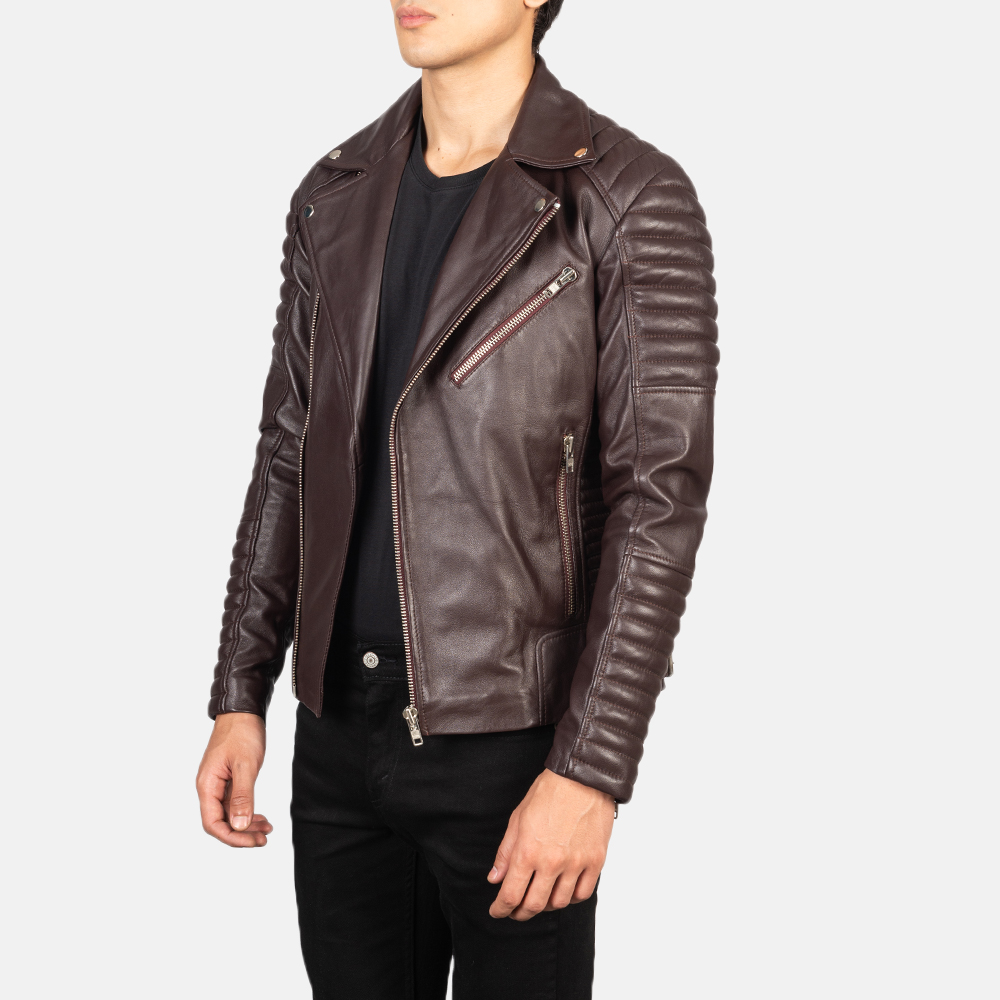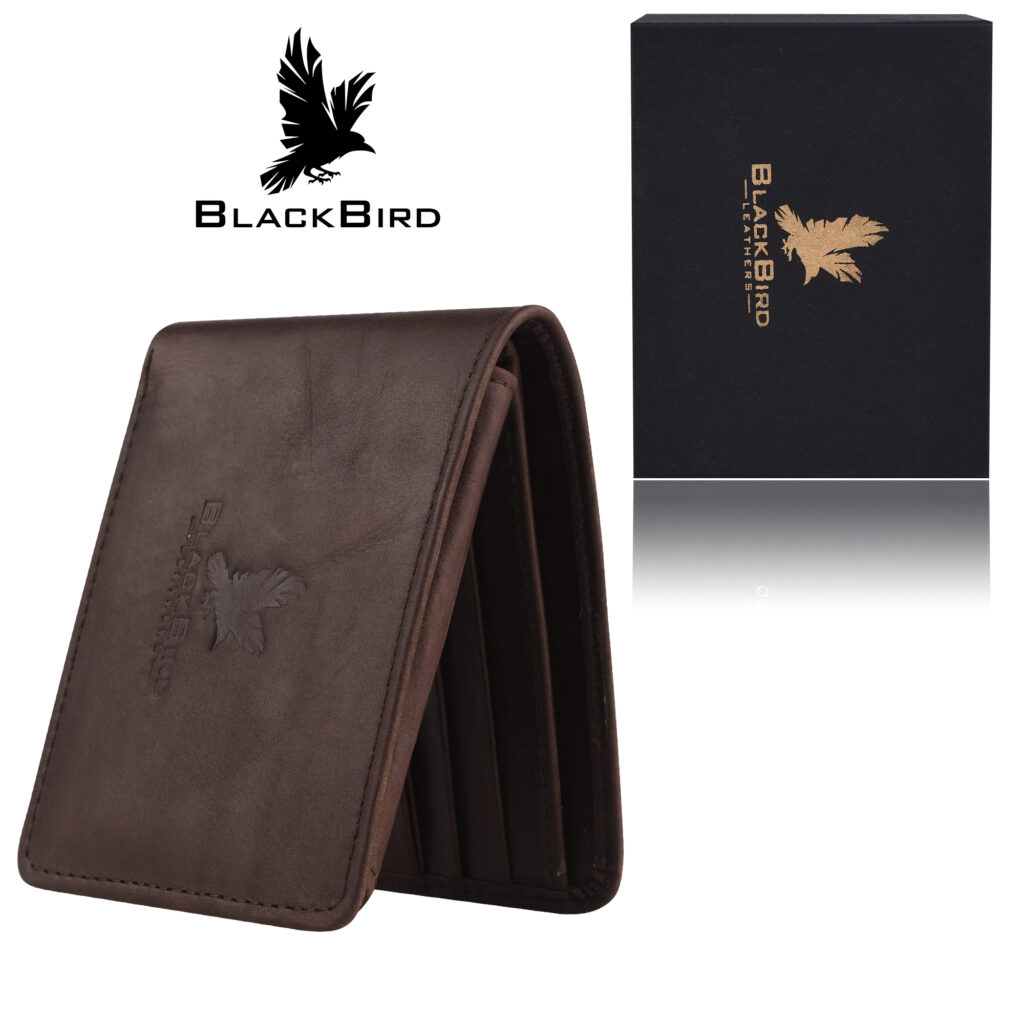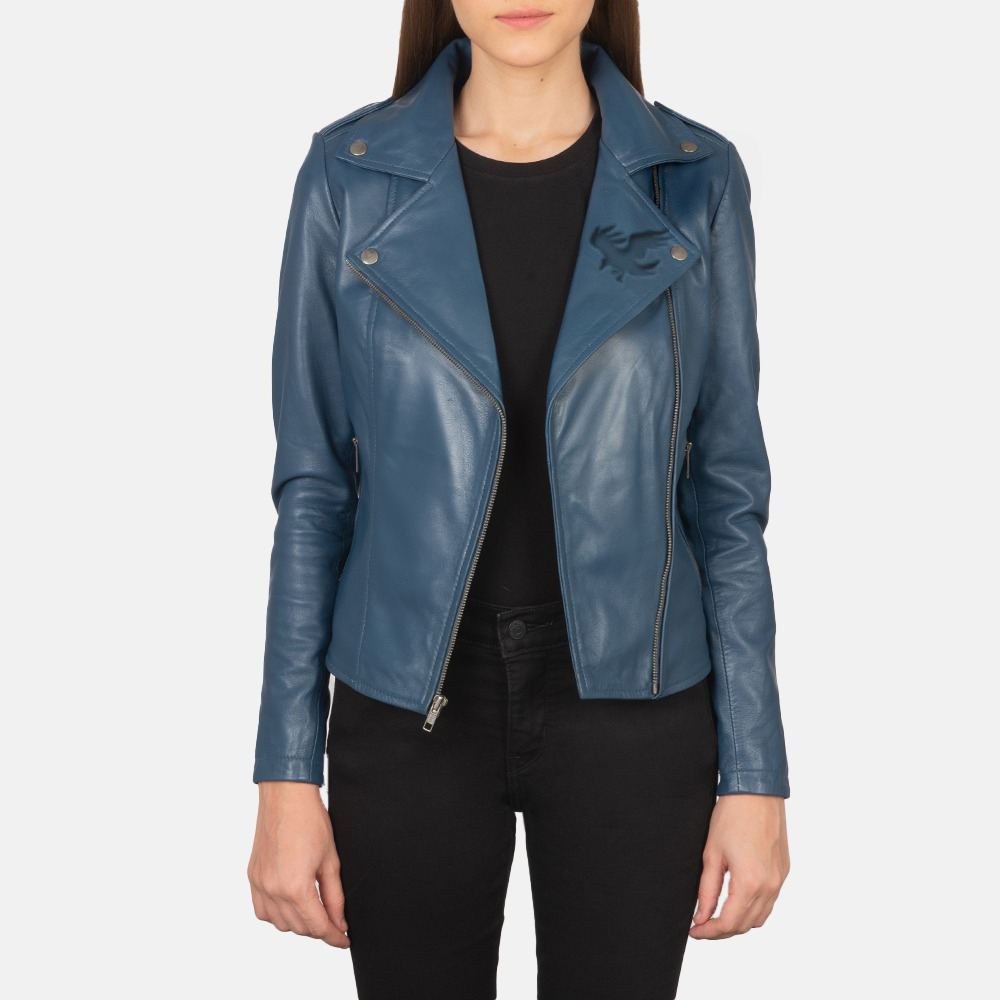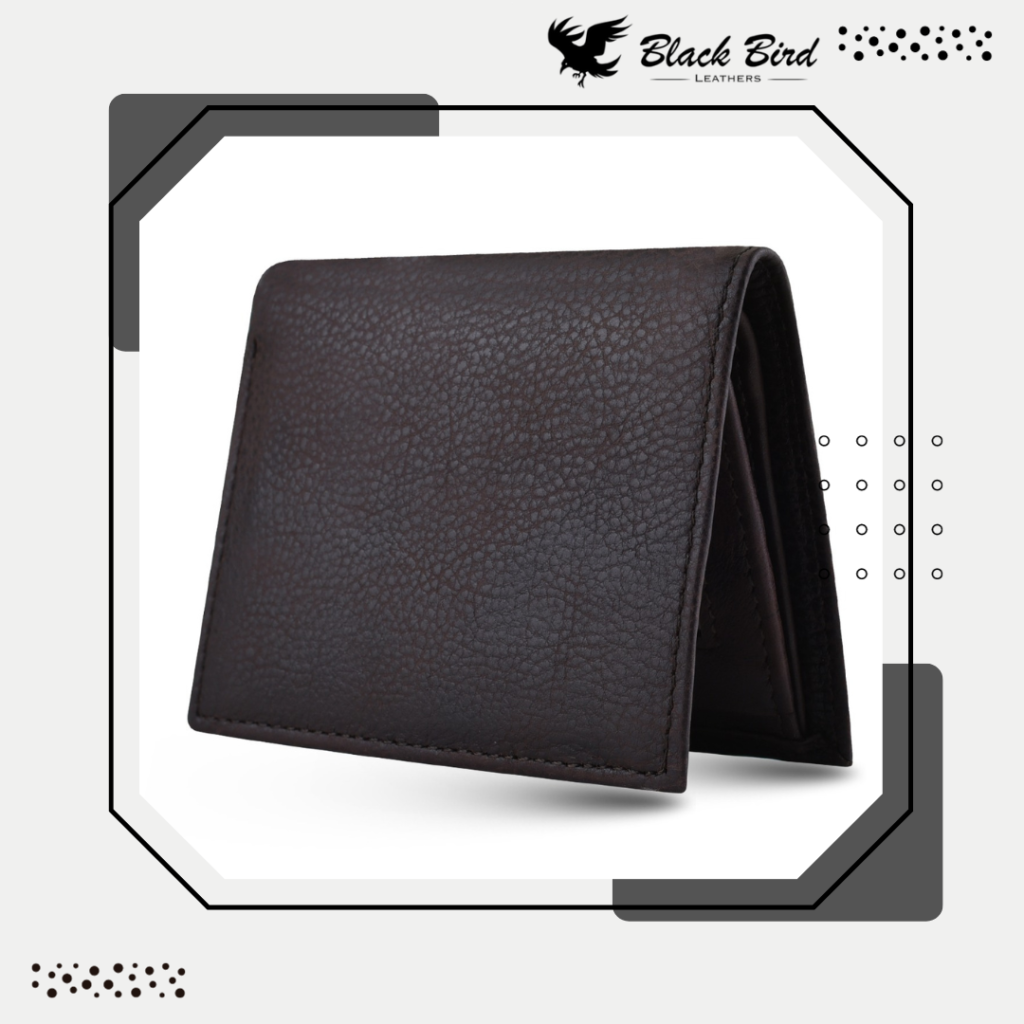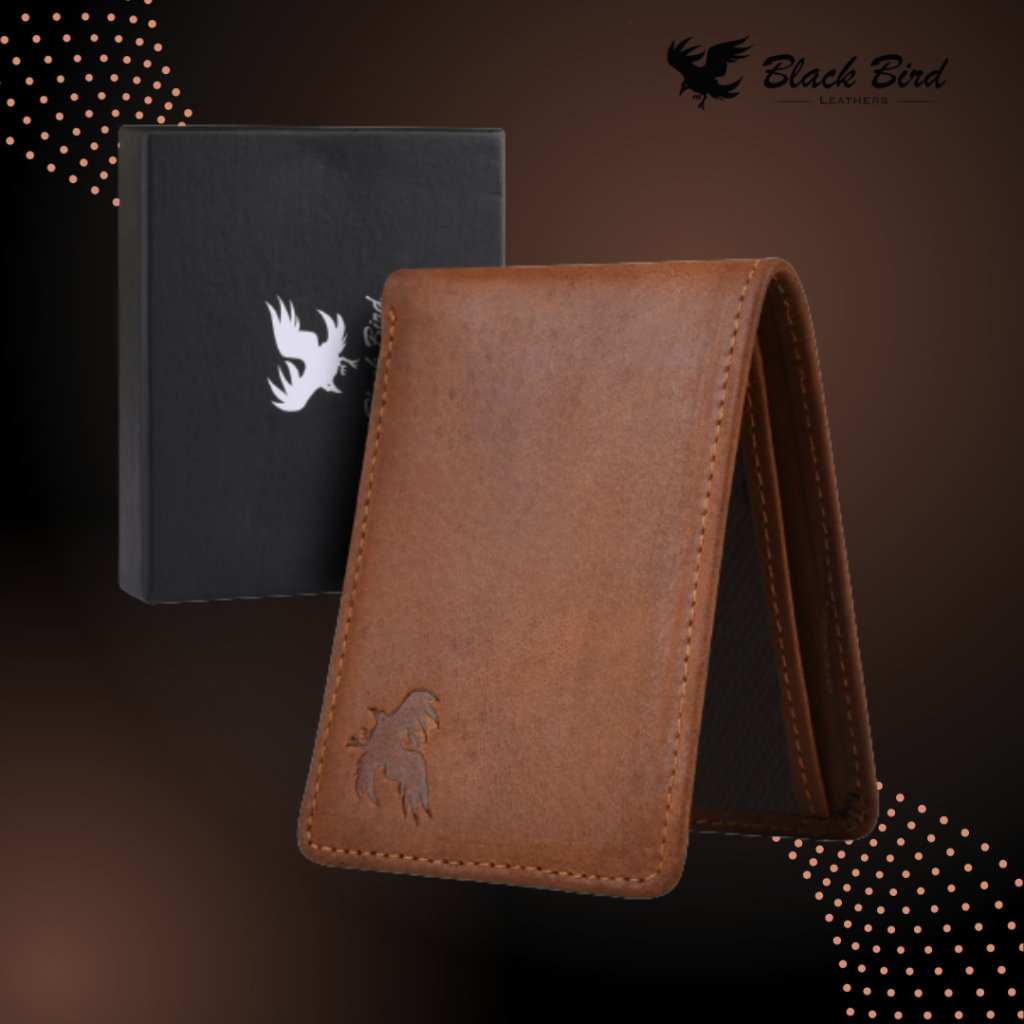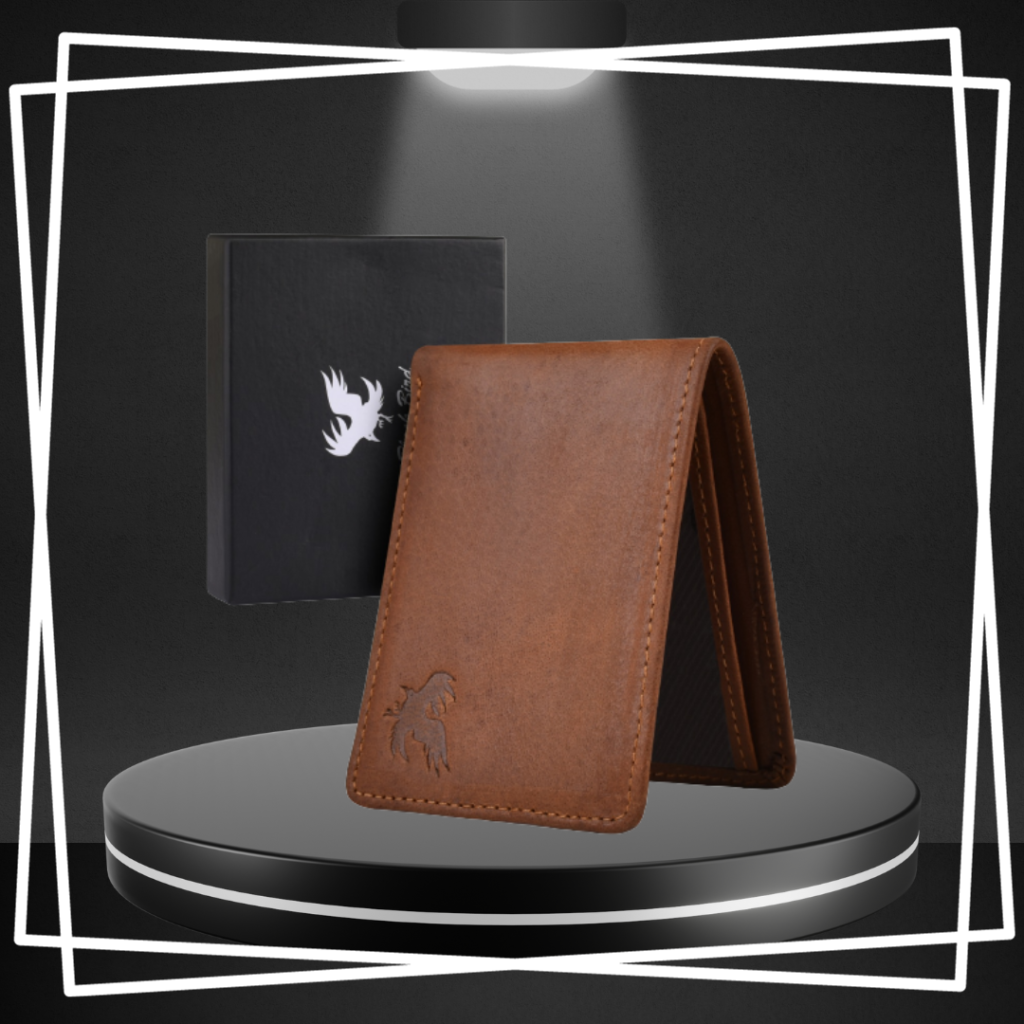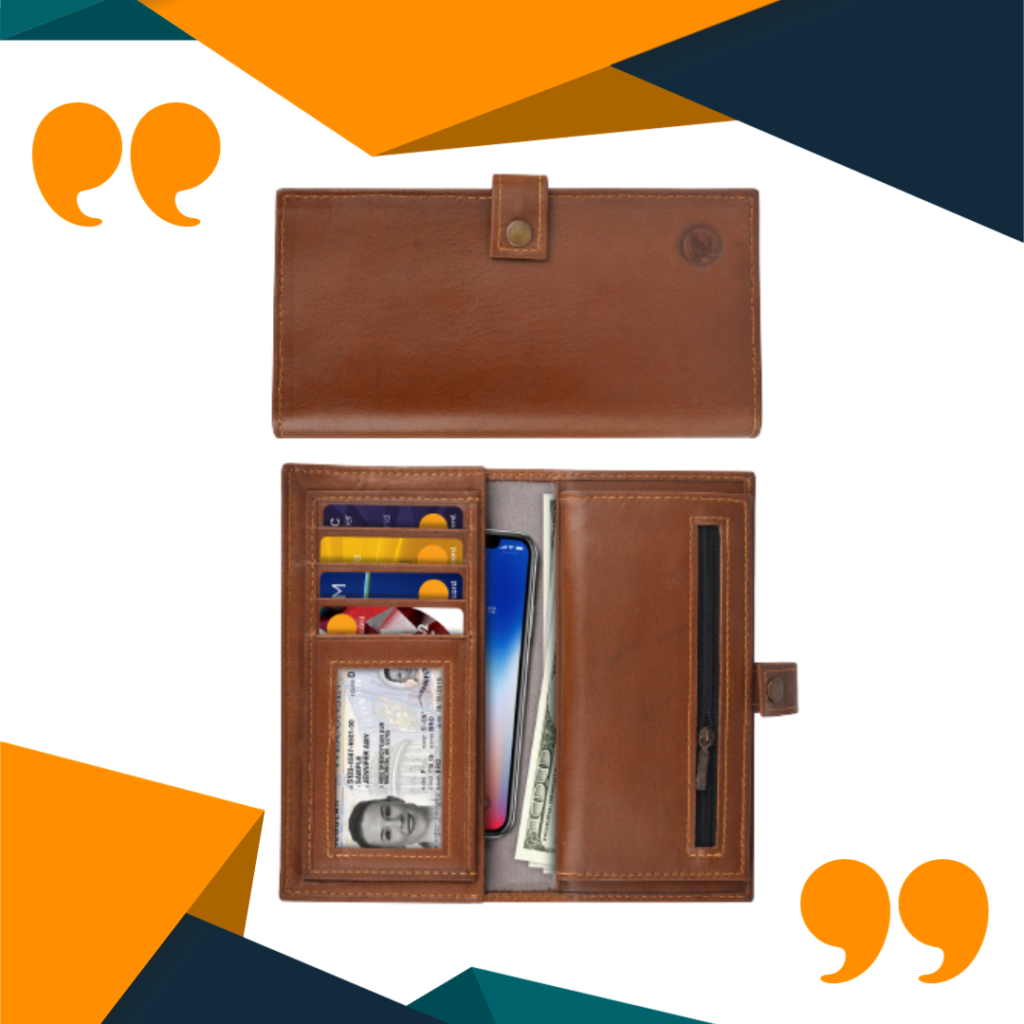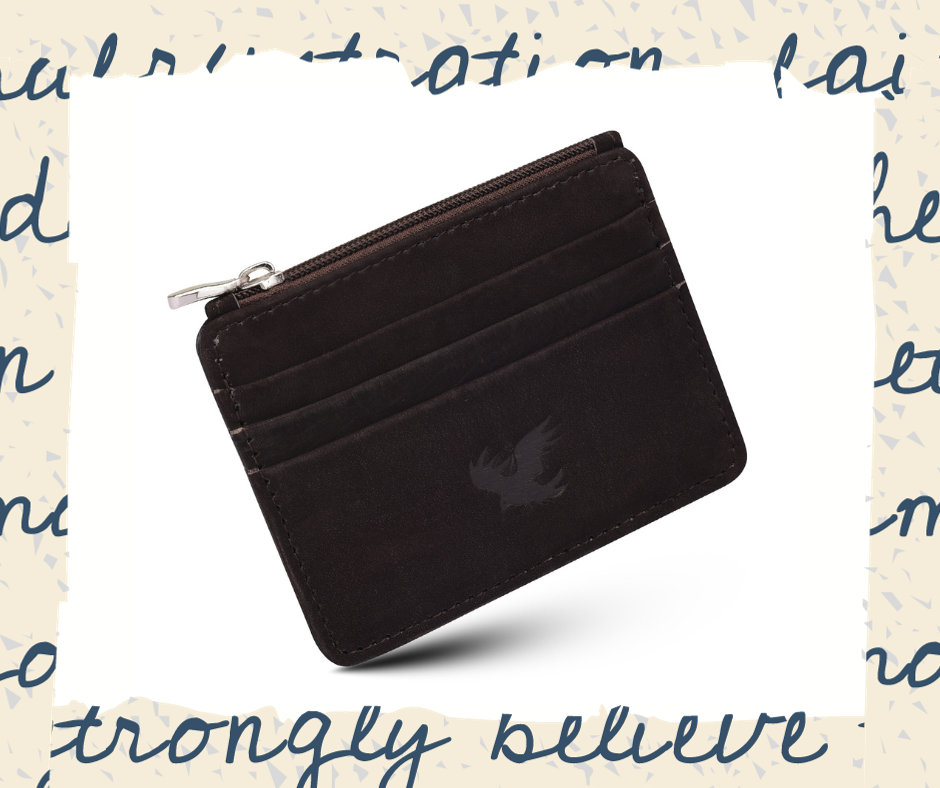Leather is a perfect material for making accessory items. The durability and appealing richness of leather make it the best choice for gloves, shoes, handbags, briefcases, belts, and jackets. The many techniques for creating leather products have existed for centuries, but their modern refinements have made today’s huge selection of fantastic leather items better than ever.
Leather is the result of the tanning process applied to animal skins. Cowhide is used for most leather products, but pigskin, deerskin, and lambskin also are made into fine leather items. Animal hides are tough in their raw form but will decay rather rapidly unless they are processed and tanned.
Leather tanning is the process of using chemicals to alter the protein structure of the raw animal hide to make it more stable, more durable, and longer lasting. There are roughly four stages in the tanning process.
First, the hide is prepared by removing any remaining flesh and fat and then applying one of several methods to remove hair fibers. Then, the hide is treated with chemicals to transform the proteins permanently. Next, the treated hide is further treated with chemical agents and dyes to prepare the leather for its intended end product. Lastly, the leather is given a finishing treatment to its surface.
There are several types of tanned leathers. Vegetable-tanned leather is treated with tannin and other ingredients found in vegetable sources. Tannin from tree bark was the main ingredient of an ancient technique which led to the term “tanning.” This method of tanning leather results in a supple and brownish colored leather. It produces leather that can be easily carved or stamped as with belts, but it has the disadvantage of being unstable in water. If soaked in water it can discolor and shrink drastically. Luggage and furniture leathers are generally tanned by this method. Many shoes and bags also use this type of leather.
Chrome-tanned leather is tanned using chromium salts. The advantage is that the leather retains its color and shape even when exposed to water, and it is more supple than vegetable-tanned leather. The chromium salts produce a bluish color but the leather can be treated to create other colors. This type of leather is a good choice for handbags, for example.
Aldehyde-tanned leather is a chrome-free process often used for shoes and for automobile leathers. The process produces leather that is exceptionally soft and can be washed.
Synthetic tanning uses chemical polymers to produce whitish leather. This process was developed during World War II when vegetable tannins were in short supply.
Deerskin produces some of the toughest leathers since deer are adapted to thicket filled environments. Tanned deerskin is a great leather for use in high-quality accessories like handbags, gloves, and wallets. It is also a prized material for jackets and overcoats.
Other leathers are also often used to make accessories. Lamb and sheep leathers create soft and luxurious products. Kangaroo leather is very flexible. Pigskin is very tough.
Enjoy the rich look and feel of leather products and be proud to own them. Keep your favorite leather products clean and dry and they will last a lifetime.

